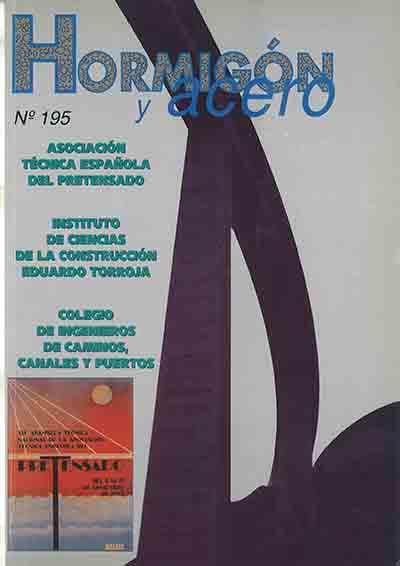Incorporación del efecto de difusión de fuerzas de membrana en el método del emparrillado
Resumen
El emparrillado plano es uno de los métodos de proyecto habitualmente utilizados para el análisis estructural de placas y losas de hormigón, de puentes y edificación. Como es sabido, el método del emparrillado permite el estudio de elementos estructurales bidimensionales planos sometidos a cargas normales a su plano. Sin embargo, en el análisis de ciertos elementos monodimensionales puede ser necesario contemplar las tensiones y deformaciones contenidas en su propio plano. Disposiciones concentradas de pretensado, esquemas estructurales hiperestáticos con vinculaciones que coarten los movimientos en el plano del emparrillado, junto con los efectos debidos a las deformaciones diferidas del hormigón, son aspectos que exceden las posibilidades del emparrillado convencional (aunque se extienda a 6 grados de libertad por nodo). Por ahora, los efectos citados anteriormente sólo pueden incluirse en el análisis mediante el Método de los Elementos Finitos, cuyo uso resulta en general más caro. La inclusión en el emparrillado de los efectos tenso-deformacionales en su plano puede realizarse, sin embargo, a partir de la correcta compatibilización de giros en los nodos cuando se provee de extremos rígidos a elementos de viga de Timoshenko, con deformación a cortante incluida como un giro adicional. En el presente artículo se desarrollan los fundamentos teóricos y aspectos básicos de la formulación que permiten extender el uso del emparrillado al análisis de los efectos en el plano, de losas y placas. Para ilustrar las posibilidades del método que se propone, se describen los ejemplos de una losa de edificación pretensada y una viga de gran canto con una carga puntual aplicada en su borde superior, comparándose en ambos casos, resultados obtenidos mediante el método propuesto y mediante elementos finitos.

